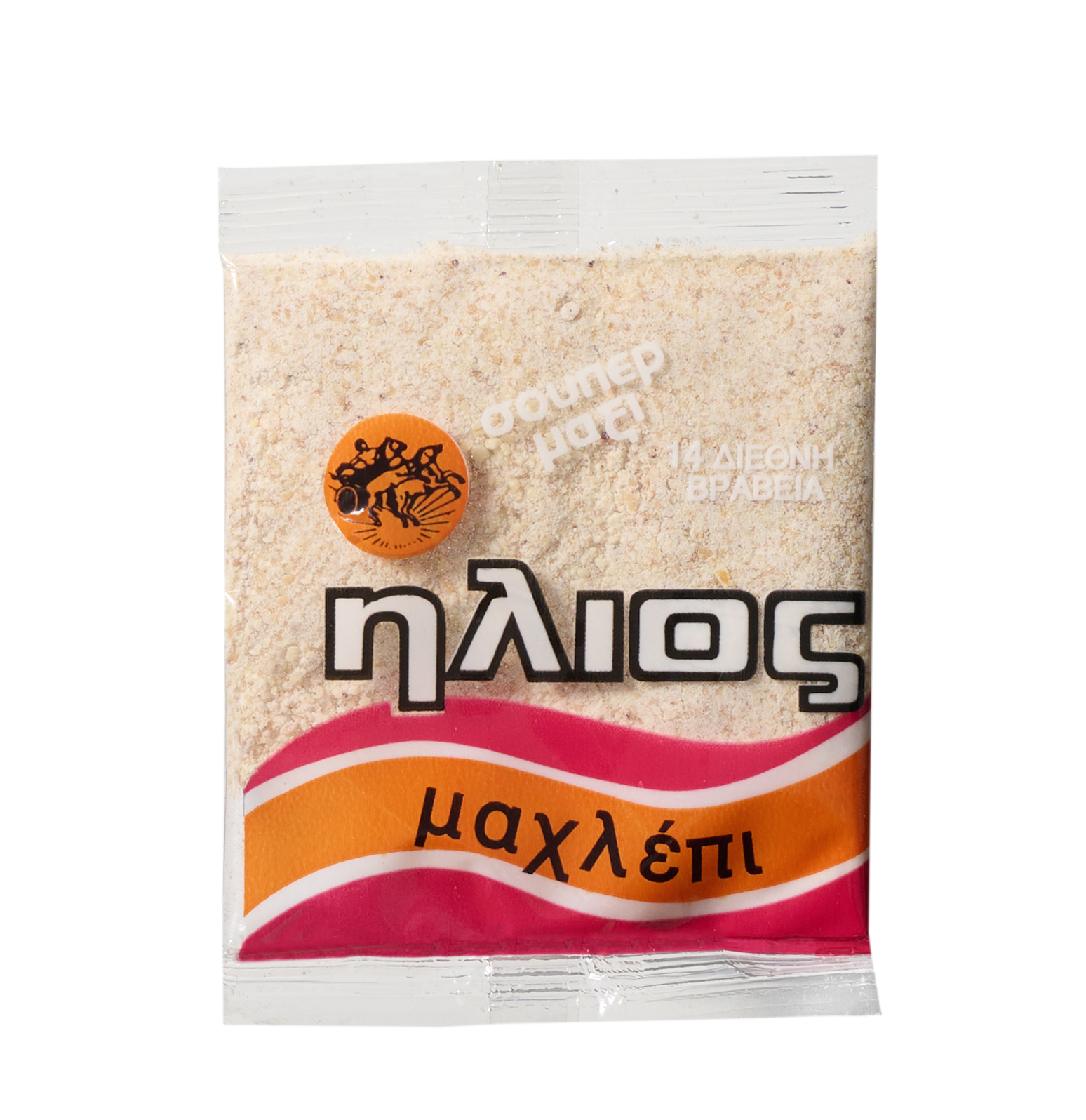As we enter a new culinary season, one unique spice arrives to capture your senses from the very first scent – mahlep. This aromatic spice is made by grinding the seeds from the pits of a special cherry variety, Prunus mahaleb, also known as the “St. Lucie cherry.” Used since ancient Greece, Persia, and the Ottoman Empire, mahlep has long been considered a spice that brings warmth to the home and symbolizes prosperity.

A flavor that awakens all senses
Imagine blending ground almonds, a hint of the pleasant bitterness from cherry or apricot kernels, and the sweet aroma of vanilla sugar – that’s the essence of mahlep. In a single spoonful, it unites the sweetness of homemade pastries with the subtle bitterness of stone fruit.
Because its aroma is so concentrated, mahlep should be used sparingly. Just half to one teaspoon is enough to give dough a rich, aromatic depth. It imparts a distinctive, warm, oriental note to bread and pastries—sweet, but never overpowering. When added to doughs like Greek vasilopita or Turkish paskalya çöreği, mahlep creates a “luxurious” aroma reminiscent of almond milk and cherries in the background.
If you have whole seeds, grind them right before use – that’s when their warm, almost milky fragrance is at its peak.
Where it’s used
Mahlep is a beloved spice in Eastern and Mediterranean cuisines, especially in:
- Soft, enriched breads and pastries with a mildly sweet aroma
- Festive desserts like Greek tsoureki bread or Turkish paskalya çöreği
- Greek New Year’s cakes (vasilopita) and fragrant koulourakia cookies
- Occasionally even in savory doughs, to add depth and roundness to flavor
It’s often said that mahlep gives dough a scent as if it hides a secret within. With its unique blend of vanilla, cherry, and almond notes, every kitchen that uses it fills with the aroma of a distant, oriental confectioner’s workshop.
Culinary inspiration from Greece: Tsoureki Bread
If you come across tsoureki bread at Super Vero, don’t miss the chance to try it. This soft, fragrant bread is traditionally made in Greece for Easter, but its gentle sweetness makes it irresistible all year round.
For those who enjoy experimenting in the kitchen, here are a few tips:
- Add about 1 teaspoon of mahlep for every 500 g of flour in your dough made with milk, eggs, and butter
- Optional: add some grated orange zest or a pinch of mastiha for an authentic Greek aroma
- After baking, brush the bread with beaten egg for a glossy finish and sprinkle with almonds for a delightful fragrance
The result is a pastry that carries the warmth of celebration and the spirit of tradition in every bite.
Tips for use
- If you’re using mahlep for the first time, start with a small amount – it’s highly aromatic and can easily dominate a recipe
- It pairs beautifully with vanilla, citrus zest, cardamom, and nutmeg
- Store it in a tightly sealed container, in a cool, dark place, as its aroma fades quickly when exposed to air
Mahlep is a spice that brings warmth, fragrance, and character to your pastries – that subtle touch that turns your kitchen into a meeting place of tradition and discovery. Try it, make it your own, and let it tell its story through your creations.


